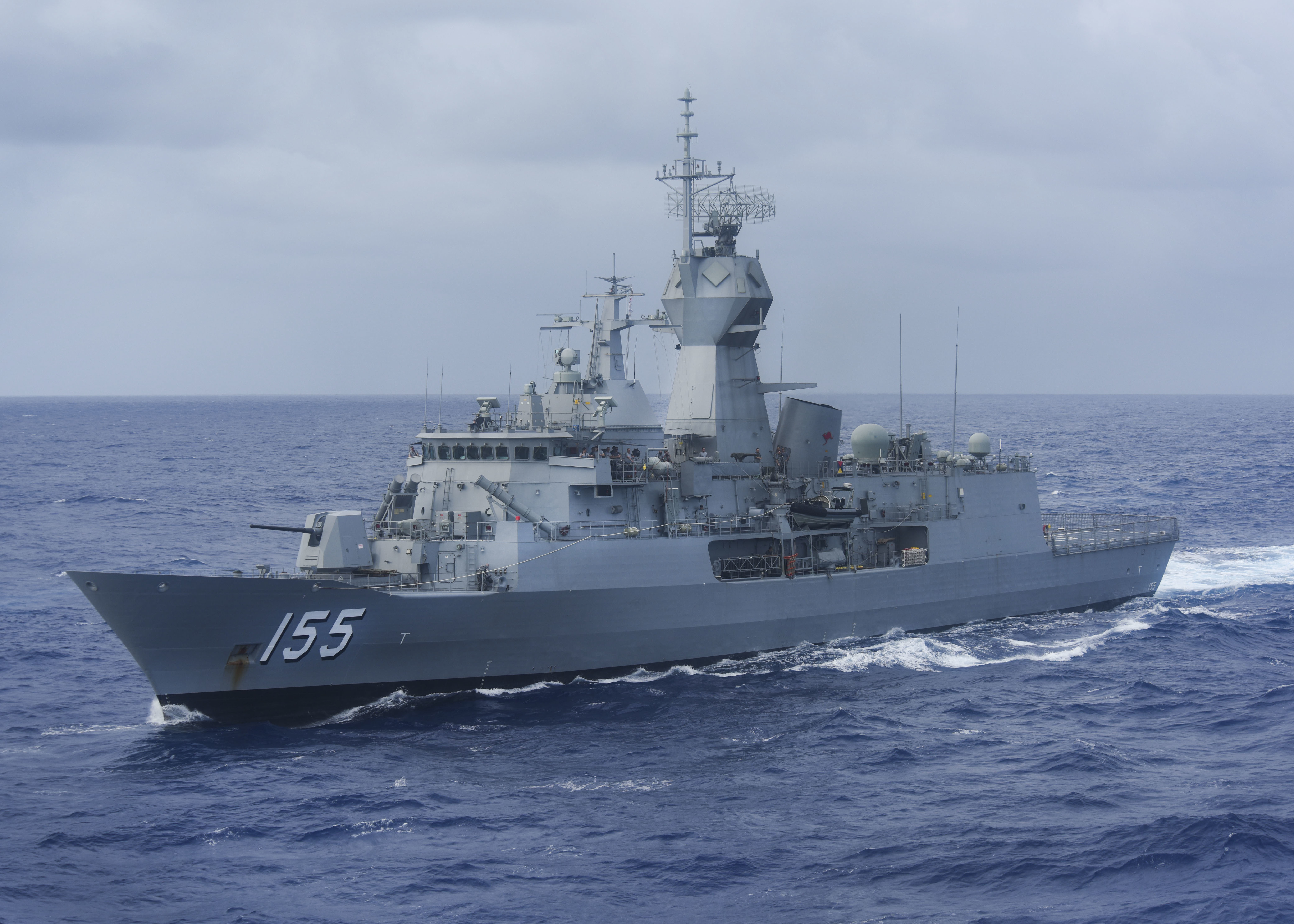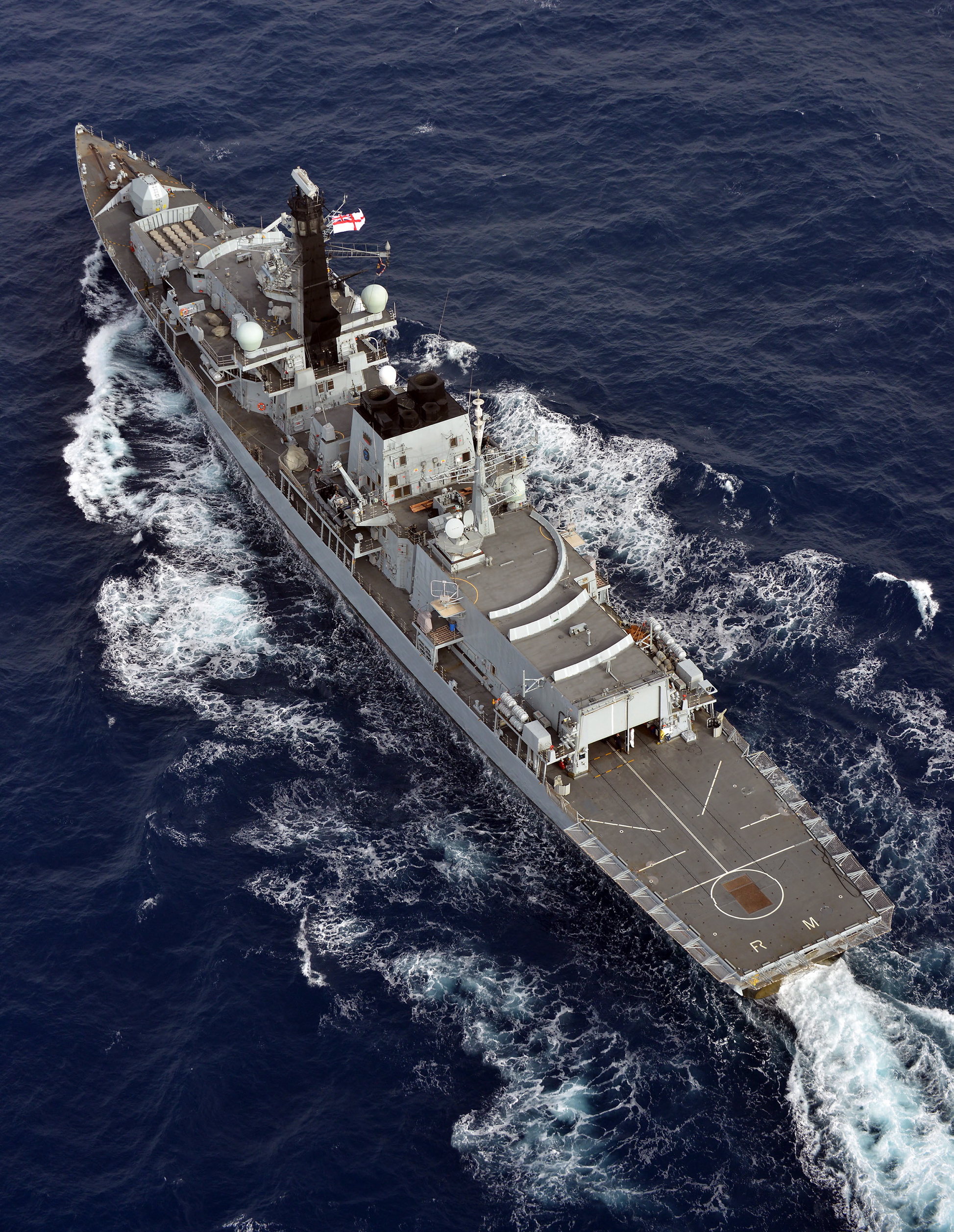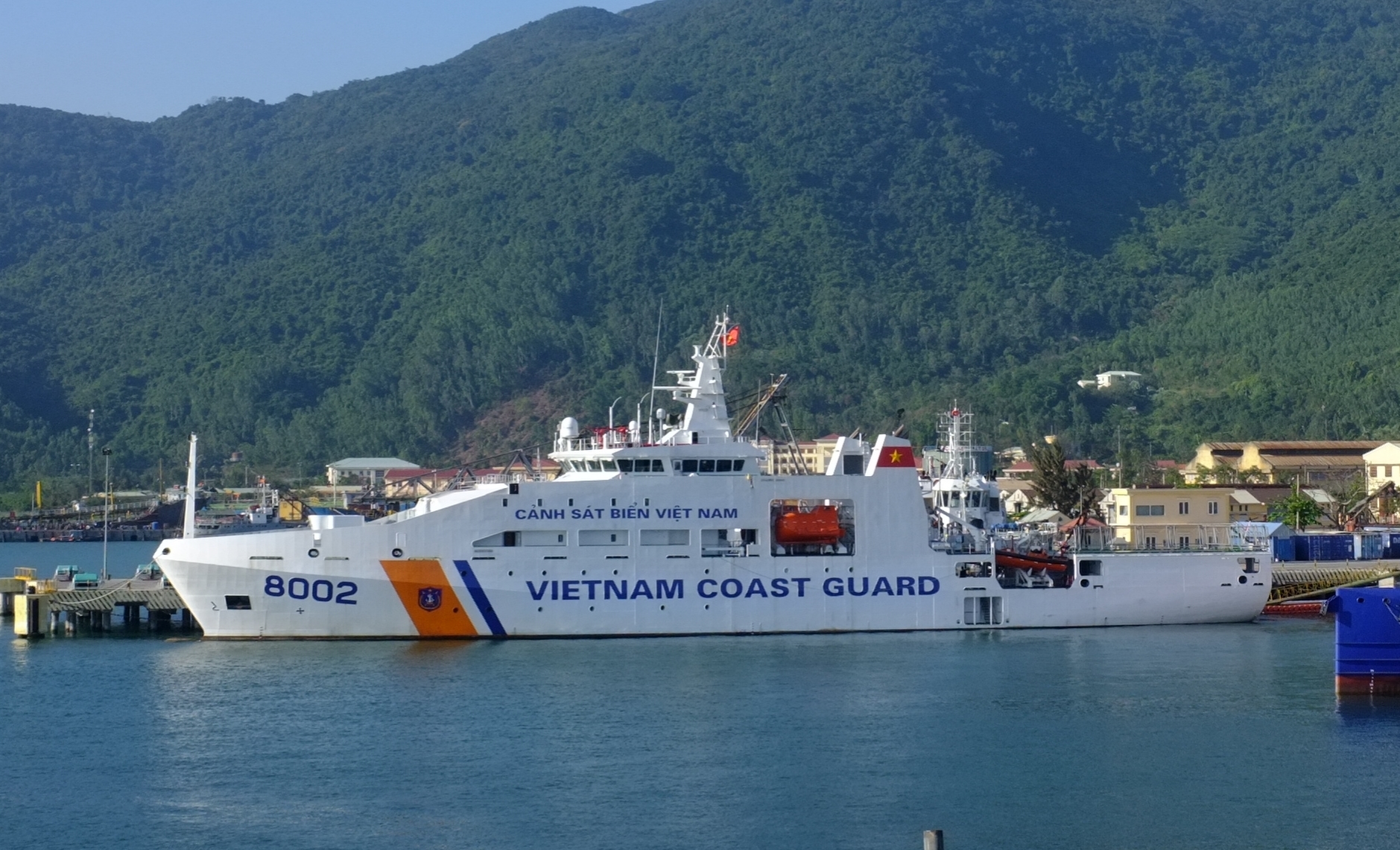|
HMNZS Te Kaha (F77)
HMNZS ''Te Kaha'' (F77) is one of ten frigates, and one of two serving in the Royal New Zealand Navy (RNZN). The name ''Te Kaha'' is Māori, meaning 'fighting prowess' or 'strength' (for further information on this term, see Kaha). Design and construction During the mid-1980s, the RNZN began considering the replacement of their four frigates.Greener, ''Timing is everything'', pp. 23–5 Around the same time, a deterioration in New Zealand-United States relations forced the New Zealand government to improve ties with local nations. As the Royal Australian Navy was seeking to replace their s with ships nearly identical to what the RNZN wanted, the two nations decided to collaborate on the acquisition in early 1987. Tenders had been requested in 1986, and 12 ship designs (including an airship) were submitted.Jones, in Stevens, ''The Royal Australian Navy'', p. 244Greener, ''Timing is everything'', p. 30 By August 1987, these were narrowed down in October to Blohm + Voss's MEKO 20 ... [...More Info...] [...Related Items...] OR: [Wikipedia] [Google] [Baidu] |
Kaha (Māori)
Kia kaha is a Māori phrase used by the people of New Zealand as an affirmation, meaning ''stay strong''. The phrase has significant meaning for Māori: popularised through its usage by the 28th Māori Battalion during World War II, it is found in titles of books and songs, as well as a motto. Linguistically, "kia kaha" consists of the desiderative verbal particle ''kia'', used here as 'an encouragement to achieve the state named', that is, to achieve ''kaha'' or strength. ''Kaha'' derives from Proto-Polynesian ''*kafa'', meaning "strong" or "great"; ''*kafa'' is also the Proto-Polynesian term for sennit rope, a strong rope made from coconut fibres and used for lashing canoes, weapons, and buildings together. Usage The phrase is used in several different contexts. It is a term of comfort or solace (an equivalent of ''be strong – my thoughts are with you''), or (less often) it can serve a similar function to 'kia ora' – an interjection during a speech to indicate support o ... [...More Info...] [...Related Items...] OR: [Wikipedia] [Google] [Baidu] |
Māori Language
Māori (), or ('the Māori language'), also known as ('the language'), is an Eastern Polynesian language spoken by the Māori people, the indigenous population of mainland New Zealand. Closely related to Cook Islands Māori, Tuamotuan, and Tahitian, it gained recognition as one of New Zealand's official languages in 1987. The number of speakers of the language has declined sharply since 1945, but a Māori-language revitalisation effort has slowed the decline. The 2018 New Zealand census reported that about 186,000 people, or 4.0% of the New Zealand population, could hold a conversation in Māori about everyday things. , 55% of Māori adults reported some knowledge of the language; of these, 64% use Māori at home and around 50,000 people can speak the language "very well" or "well". The Māori language did not have an indigenous writing system. Missionaries arriving from about 1814, such as Thomas Kendall, learned to speak Māori, and introduced the Latin alphabet. In 1 ... [...More Info...] [...Related Items...] OR: [Wikipedia] [Google] [Baidu] |
Waterline Length
A vessel's length at the waterline (abbreviated to L.W.L)Note: originally Load Waterline Length is the length of a ship or boat at the level where it sits in the water (the ''waterline''). The LWL will be shorter than the length of the boat overall (''length overall'' or LOA) as most boats have bows and stern protrusions that make the LOA greater than the LWL. As a ship becomes more loaded, it will sit lower in the water and its ambient waterline length may change; but the registered L.W.L it is measured from a default load condition. This measure is significant in determining several of a vessel's properties, such as how much water it displaces, where the bow and stern waves occur, hull speed, amount of bottom-paint needed, etc. Traditionally, a stripe called the "boot top" is painted around the hull just above the waterline. In sailing boats, longer waterline length will usually enable a greater maximum speed, because it allows greater sail area, without increasing beam or d ... [...More Info...] [...Related Items...] OR: [Wikipedia] [Google] [Baidu] |
Full Load Displacement
The displacement or displacement tonnage of a ship is its weight. As the term indicates, it is measured indirectly, using Archimedes' principle, by first calculating the volume of water displaced by the ship, then converting that value into weight. Traditionally, various measurement rules have been in use, giving various measures in long tons. Today, tonnes are more commonly used. Ship displacement varies by a vessel's degree of load, from its empty weight as designed (known as "lightweight tonnage") to its maximum load. Numerous specific terms are used to describe varying levels of load and trim, detailed below. Ship displacement should not be confused with measurements of volume or capacity typically used for commercial vessels and measured by tonnage: net tonnage and gross tonnage. Calculation The process of determining a vessel's displacement begins with measuring its draft.George, 2005. p.5. This is accomplished by means of its "draft marks" (or "load lines"). A mer ... [...More Info...] [...Related Items...] OR: [Wikipedia] [Google] [Baidu] |
Project Protector
Project Protector was a Royal New Zealand Navy (RNZN) procurement project that was undertaken during the 2000s. At the start of the decade, the New Zealand government tasked the New Zealand Defence Force to develop an equal combat, peacekeeping, and disaster relief capability, in which the RNZN was to focus on conducting sealift operations and patrols of the Economic Exclusion Zone. A series of reviews found that the RNZN was lacking in these capabilities, and Project Protector was established to acquire three new ship types: a single multi-role sealift ship, two offshore patrol vessels, and four inshore patrol vessels. After a two-year information-gathering and tender process, an Australian company, Tenix Defence, was selected as the primary contractor. The sealift ship, , was built by Dutch company Merwede Shipyard in Rotterdam, and based on a commercial roll-on/roll-off ferry built for the Isle of Man. In mid-2007, the ship became the first Project Protector vessel to enter se ... [...More Info...] [...Related Items...] OR: [Wikipedia] [Google] [Baidu] |
Anzac Class Frigate
The ''Anzac'' class (also identified as the ''ANZAC'' class and the MEKO 200 ANZ type) is a ship class of ten frigates; eight operated by the Royal Australian Navy (RAN) and two operated by the Royal New Zealand Navy (RNZN). During the 1980s, the RAN began plans to replace the River-class destroyer escorts (based on the British Leander Class) with a mid-capability patrol frigate and settled on the idea of modifying a proven German design for Australian conditions. Around the same time, the RNZN was seeking to replace their ''Leander''-class frigates while maintaining blue-water capabilities. A souring of relations between New Zealand and the United States of America in relation to New Zealand's nuclear-free zone and the ANZUS security treaty prompted New Zealand to seek improved ties with other nations, particularly Australia. As both nations were seeking warships of similar capabilities, the decision was made in 1987 to collaborate on their acquisition. The project name (and ... [...More Info...] [...Related Items...] OR: [Wikipedia] [Google] [Baidu] |
Yarrow Shipbuilders
Yarrow Shipbuilders Limited (YSL), often styled as simply Yarrows, was a major shipbuilding firm based in the Scotstoun district of Glasgow on the River Clyde. It is now part of BAE Systems Surface Ships, owned by BAE Systems, which has also operated the nearby Govan shipyard (formerly Fairfields) since 1999. History Origins in London The company was founded by Alfred Yarrow, later Sir Alfred Yarrow, 1st Baronet, in the year 1865 as Yarrow & Company, Limited. Originally it was based at Folly Wall, Poplar, then in 1898 as the company grew, Yarrow moved his shipyard to London Yard, Cubitt Town.History of London Yard by Angela Brown and Ron Coverson, 2001 Hundreds of steam launches, lake and river vessels, and eventually the |
Type 23 Frigate
The Type 23 frigate or Duke class is a class of frigates built for the United Kingdom's Royal Navy. The ships are named after British Dukes, thus leading to the class being commonly known as the Duke class. The first Type 23, , was commissioned in 1989, and the sixteenth, was commissioned in June 2002. They form the core of the Royal Navy's destroyer and frigate fleet and serve alongside the Type 45 destroyers. They were designed for anti-submarine warfare, but have been used for a range of uses. Twelve Type 23 frigates remain in service with the Royal Navy, with three vessels having been sold to the Chilean Navy, and one being retired in 2021. The Royal Navy's Type 23 frigates will be replaced by the Type 26 Global Combat Ship and the Type 31 frigate. it is anticipated that HMS ''St Albans'' will be the last to retire from the Royal Navy, in 2035. Development When first conceived in the late 1970s, the Type 23 was intended to be a light anti-submarine frigate with a towed ... [...More Info...] [...Related Items...] OR: [Wikipedia] [Google] [Baidu] |
Royal Schelde
The Damen Group is a Dutch defence, shipbuilding, and engineering conglomerate company based in Gorinchem, Netherlands. Though it is a major international group doing business in 120 countries, it remains a private family-owned company. Damen Shipyards Group is a globally operating company with more than 50 shipyards, repair yards, and related companies − as well as numerous partner yards that can build Damen vessels locally. Since 1969 it has designed and built more than 5,000 vessels and delivers over 150 vessels annually. With over 30 shipyards and related companies worldwide, Damen is involved in ship construction as well as maintenance and repair activities. It has a wide product range, including tugs, workboats, patrol craft, cargo vessels, dredgers, superyachts and fast ferries. Product design and engineering are carried out in-house and a broad range of designs are available. History Overview Damen was established in 1927 in the town of Hardinxveld-Giessendam ... [...More Info...] [...Related Items...] OR: [Wikipedia] [Google] [Baidu] |
MEKO 200
The MEKO 200 is a frigate design by the Blohm + Voss shipyard of Germany, as part of the MEKO family of warships. Variants ''Anzac'' class (MEKO 200ANZ) Ten MEKO 200 frigates were built to the ''Anzac''-class design: eight for the Royal Australian Navy, and two for the Royal New Zealand Navy. The Australian Department of Defence decided to upgrade their ''Anzac''s even before all ships were completed. The upgraded configuration includes RGM-84 Harpoon anti-ship missiles fitted in two quad launchers, Evolved Sea Sparrow missiles quad-packed in VLS enabling 32 missiles to be carried, four Nulka active missile decoy bays, and the TSM 5424 Petrel mine and obstacle avoidance sonar system. All upgrades and new builds are scheduled for completion by 2006. In 2004 Tenix, Saab, and the Australian Department of Defence formed a Private Public Partnership to upgrade the anti-ship missile defence capability of the ''Anzac'' class. This upgrade will include Sagem Vampir NG IRS ... [...More Info...] [...Related Items...] OR: [Wikipedia] [Google] [Baidu] |
Blohm + Voss
Blohm is a surname. Notable people with the surname include: * Hans Blohm C.M. (born 1927), photographer and author * Hermann Blohm (1848–1930), German businessman and co-founder of German company Blohm+Voss * Linn Blohm (born 1992), Swedish handball player for IK Sävehof and the Swedish national team * Robert Blohm (born 1948), American and Canadian investment banker, economist and statistician, professor in China's Central University of Finance and Economics * Tom Blohm (1920–2000), Norwegian football player See also *Blohm + Voss, a German shipbuilding and engineering works *Blom *Bohm (other) Bohm may refer to: * Bohm (surname) * Bohm Dialogue, free-flowing group conversation Physics * Aharonov–Bohm effect of electromagnetic potential on a particle * Bohm sheath criterion for a Debye sheath plasma layer * Bohm diffusion of plasma i ... {{surname de:Blohm ... [...More Info...] [...Related Items...] OR: [Wikipedia] [Google] [Baidu] |


.jpg)




